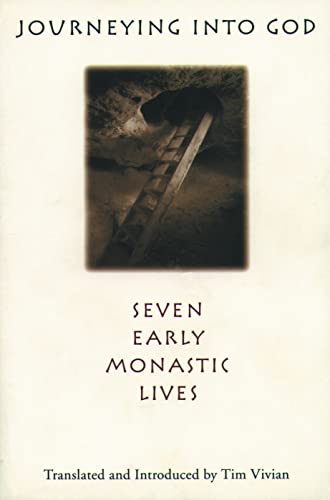Minor Prophets I (New International Biblical Commentary, 17)
Written by Elizabeth Achtemeier Reviewed By Jack N. LawsonElizabeth Achtemeier’s work is the first of two volumes in this series dealing with the minor prophets. Under examination in this volume are Hosea, Joel, Amos, Obadiah, Jonah and Micah.
In the foreword, the editors R.L. Hubbard and R.K. Johnson state that they have sought to align the series with what has been called ‘believing criticism’. ‘This approach’, they write, ‘marries probing, reflective interpretation of the text to loyal, biblical devotion and warm Christian affection.’ This reviewer find that such an approach, which clearly identifies a target readership, provides a refreshing freedom from the constraints of many OT commentaries wherein the commentator dare not trespass into the NT. As the series is directed toward professing Christians, Achtemeier—herself an astute theologian—provides a good deal of interplay between the prophetic texts examined and the NT. Further, in her respect for the ‘living tradition’ of the prophetic message, she does not shy away from drawing modern parallels between the prophetic oracles and today’s society. It must be said, however, that nearly all the modern parallels Achtemeier draws upon are American. (Can any commentary be truly ‘international’?) Still, this in no way diminishes the value of the work.
As implied in the series title, all the commentaries are based on the New International Version of the Bible. Rather than the commentator providing a new translation, the commentary is meant to be read alongside the NIV. Happily this does not ‘straightjacket’ Achtemeier’s commentary. To the contrary, she is not hesitant to point out perceived failures in the NIV’s translations. For example, in her comments on Amos 2:6–16 (p. 184) she writes: ‘In typical fashion, the NIV has interpreted the text of this oracle in its translation … Especially to be deplored is the NIV’s omission of connecting and contrasting conjunctions and exclamations that are found in the original Hebrew and that highlight the emphases of the original prophecy … All of these small words are exceedingly important for getting at Amos’s meaning, and the NIV has tamed the original.’ This parting of company with the NIV in regard to its treatment of the Masoretic Text is also indicative of the attention to details given by Achteimeier. She is not afraid to take a minority stance with respect to current scholarship or to propose emendations to the Masoretic Text if it yields a clearer understanding of the biblical passage. Thus, her insights are as worthwhile for those adept with Hebrew as for those who have no control of the language.
This reader has one problem with the format of the volume. Following many of the sections of commentary one find ‘Additional Notes’ tagged on at the end. From my point of view, if a comment is worth making, then it is work making within the main body of commentary rather than appended at the end of the chapter sub-section.
No commentary can cover every possible aspect of a biblical text, thus it would be gratuitous to criticise Achtemeier’s treatment of particular passages. I do, however, find one omission in her work which calls attention to itself. Nearly all the books found in Achtemeier’s ‘Further Reading’ are themselves commentaries about the particular prophets under discussion in her volume—not surprisingly perhaps. However, I feel that the general discussion of each of the six prophets under examination could have benefited from the use of a book such as Robert Wilson’s Prophecy and Society in Ancient Israel which looks at the entire phenomenon of prophecy. In this reviewer’s opinion, the uniqueness of biblical prophecy is brought into clearer focus when seen within the greater context of the ancient Near East. Nevertheless, Achtemeier has given us a lively engagement with the prophetic legacy of half the minor prophets, through the eyes of one who is both a scholar and a woman of faith. Those who are interested in ‘believing criticism’ will not be disappointed.
Jack N. Lawson
Temple Ewell, Kent







